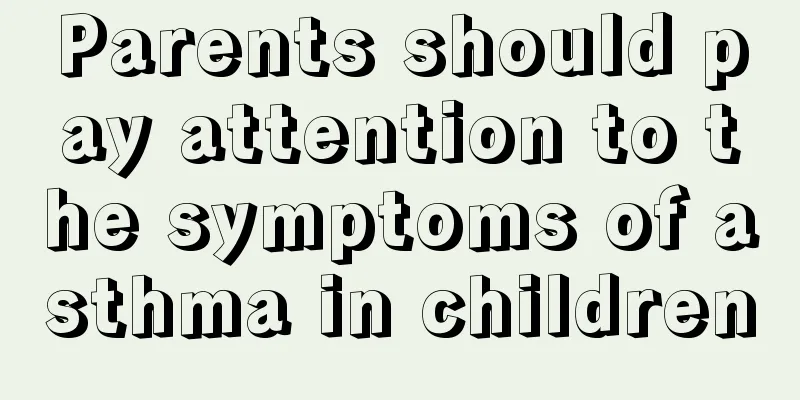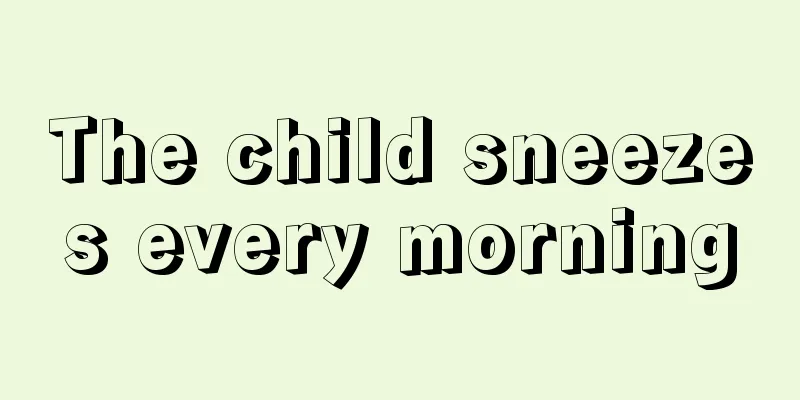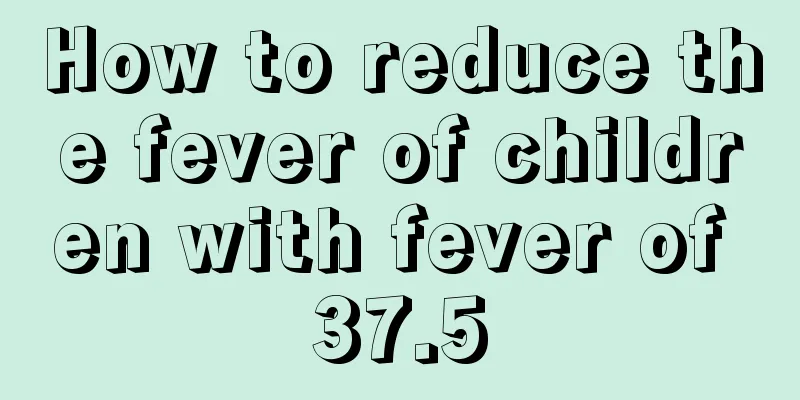What if the baby's temperature is below 36 degrees?

|
Newborns are always inferior to adults in all aspects, so there are always some situations that may occur. Among them, there is a situation where the baby's body temperature is lower than 36 degrees. At this time, some parents who don't know much about it will be very worried, because the normal body temperature of most people is maintained at 37 degrees. So some people want to know what's going on when the baby's body temperature is lower than 36 degrees? Let me introduce it to you below. I hope you can gain something from the following content. The body temperature generally will not be lower than 36 degrees. The common reasons are: 1. inaccurate measurement. Some children are small and the correct part is not clamped; 2. Taking antipyretic drugs after catching a cold causes the body temperature to drop too low. 1. Your baby’s normal body temperature also fluctuates Not all healthy children have the same body temperature; each baby's body temperature is unique. Mothers can measure their baby's body temperature when the baby is in good physical condition to know what the child's body temperature is. Generally speaking, normal body temperature is between 36 and 37 degrees; if the temperature reaches or exceeds 37.7 degrees, you should consider whether your baby has a fever. But sometimes your baby's temperature can vary at different times of the day, or rise after strenuous exercise. 2. Choose a good thermometer There are many types of thermometers, ranging from simple and easy-to-use head temperature measurement strips, to advanced digital thermometers, and infrared thermometers that are placed in the external ear canal and can measure body temperature in just a few seconds. The temperature measured by different thermometers may vary. 3. Regular measurement Fever is a typical manifestation of the body's own struggle against disease, and babies are no exception. When your baby has a fever, it is very important to measure and observe changes in your baby's body temperature regularly. You may need to measure once or twice an hour and monitor your baby's condition in conjunction with other symptoms. If the fever is accompanied by cough or runny nose, it may be a cold or influenza; if the baby pulls his ears hard while having a fever, it may indicate that the baby's ears are inflamed. 4. The baby's body temperature should not be too low If your baby's temperature drops below 35 degrees, he's at risk for hypothermia (although this is uncommon). You can wrap him in a blanket and hold him in your arms to help him calm down. When the baby's body temperature is lower than 36 degrees, it may be related to the living environment, but after the introduction above, we have some understanding of it. At the same time, we also introduced some information about measurements, which I believe will be of great help to parents who have just had a baby. |
<<: Treatment of red pimples on eight-month-old baby
Recommend
Why do children often hold their breath?
Many children often suffer from breath holding wh...
Is calcium deficiency normal in newborns?
Calcium deficiency in newborns is a common proble...
How to educate a three-year-old boy
Nowadays, parents pay special attention to their ...
Child coughing ear pain
It is very common for children to cough, and pare...
Is it normal for babies to sneeze every day?
For some babies, if they sneeze every day, it has...
What to do if your child has a curved spine
As the saying goes, there is nothing that cannot ...
How to teach children to jump rope more effectively
How to teach children to skip rope more effective...
Is it normal for a one and a half year old baby to have thin and yellow hair?
Children are the apple of their parents' eyes...
What to do if your child has a cough after eating cold food
In summer, everyone likes to eat some cold food. ...
Introduction to the standards for height and weight of newborn babies
What is the height of a newborn baby like? What i...
Can eight-month-old babies eat whole eggs?
Eight-month-old babies need to add complementary ...
What are the symptoms of nasal polyps in children?
Nasal polyps can occur not only in adults, but al...
What is the reason for the yellow hair of children
Children are in a period of rapid growth, and the...
Symptoms of acute gastroenteritis in children
Acute gastroenteritis in children is a relatively...
How long should I take a child's temperature?
Most parents are taking care of their children fo...









